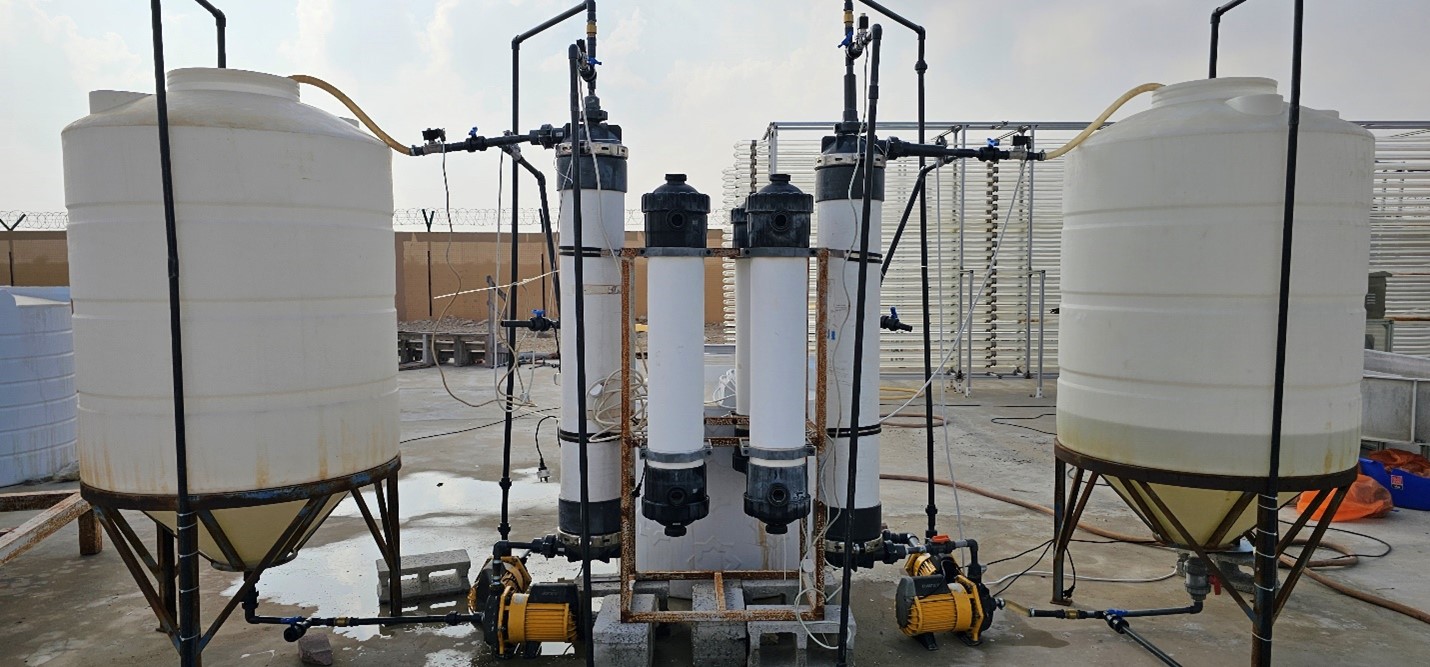Description
The invention combines software and hardware to automatically and effectively run the membrane filtration process, which involves several membrane units for every volume of liquid, without the need for human intervention. It applies to the microfiltration and ultrafiltration techniques that separate suspended and/or colloidal Particle from liquids. A graphical user interface can be used to visualize the filtration process as well as the performance of individual membrane units. Following filtration, an automatic email might send the process summary to designated recipients. The process of filtration can be initiated manually by specifying a volume to be processed, or it could be automated to a fixed volume based on the liquid's dynamic properties.
Scientific or Technical Area:
The innovation is related to environmental science, process engineering, biotechnology, and filtration science, as well as IoT-based technologies and artificial intelligence.
Project Timeline:
A scaled-up prototype was installed in an operational facility with several trial runs. More trials will be conducted in the future.
Main Objectives of the Invention:
- Develop an effective autonomous filtration system that can function without human intervention.
- To use artificial intelligence on-site to process any fixed volume of liquid input or any fixed volume of liquid dependent on the liquid's dynamic properties.
- To develop a stand-alone filtration system capable of concentrating/separating microalgae, bacteria, or enzymes derived from diverse biotechnological, pharmaceutical, dairy, and wastewater treatment facilities.
Anticipated Impact and Relevance:
The AI-powered automated filtering system can improve the economics and environmental sustainability of several industries by providing high throughput and precision in domains like aquaculture, biotech and wastewater treatment industries. It can be used for real-time process monitoring in industries and academia related to membrane-based water filtration. The developed technology could provide a low-cost, energy-efficient alternative for water treatment and reuse. The innovative technology could also be utilized to produce bio-based products (microalgae, bacteria, enzymes), which have the potential to reduce carbon footprints while supporting the concept of sustainability and circular economy, which aligns with Qatar Vision 2030 national strategies.
Supervisor(s) Details:
- Full Name: Probir Das
- Job Title/Position: Research Associate Professor
- Department or Unit: Center for Sustainable Development.
- Institution/Affiliation: Qatar University.
- Email Address: probir.das@qu.edu.qa
Team Members Involved:
- Shoyeb Khan, Senior Research Assistant, Center for Sustainable Development, Qatar University.
- Maryam Al-Emadi, Research Services Manager, Center for Sustainable Development, Qatar University.
Picture of the Prototype:
